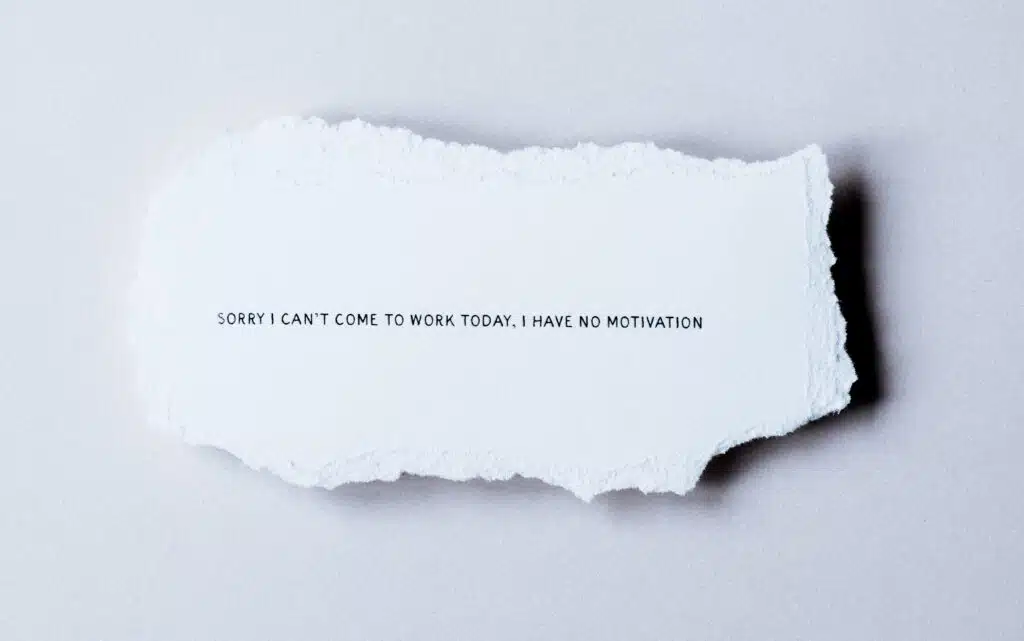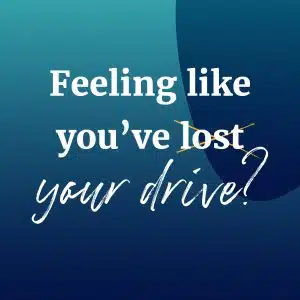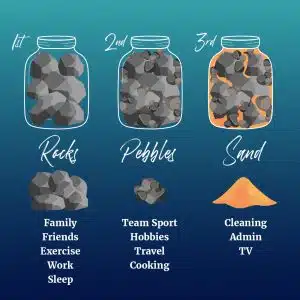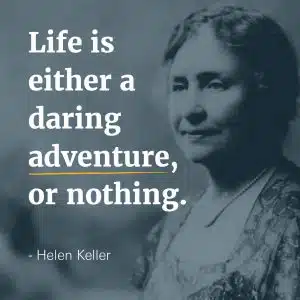Confronting Your ‘Lack of Drive’
There are expectations we have of ourselves as leaders – to be self-motivated, to strive, to set, achieve and re-set goals and to support and enable those around us to do the same.
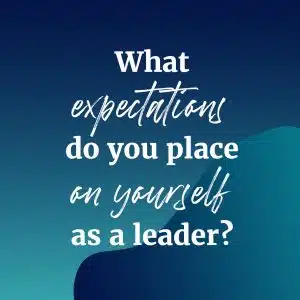
These expectations were perfectly normal in the year 2019. And the years prior. Back then our lives were punctuated by patterns and rhythms that in the main served us. Patterns that included rest, travel, vacations and hobbies. These were all undertaken with a sense of safety and confidence. We knew the systems. We could often predict our outcomes with relative confidence. We could design and plan our businesses with relative assurance.
Since early 2020 however, we’ve had to dig deeper in the motivation stakes, strive harder and for many of us work longer. If we’ve thrived these past years, we’ve probably become ultra-proficient at re-setting goals and we’ve probably drawn deeply on our personal energy reserves to do it.
What we want to attend to are the prevailing conversations we find ourselves having with leaders – right now. Every month, we involve ourselves in hundreds of leadership discussions with hundreds of leaders, tuning into their concerns and helping them navigate (choose) their next steps. What we’ve noticed, as a general observation, is a certain kind of eroding – diminished energy, less drive, dwindling motivation, the struggle to innovate and a sense of attending to crisis after crisis. This all culminates in a sense of diminished wellbeing and sometimes ‘precarious choices’ in the workplace. The word we hear now is burnout. It manifests as a sense of ‘loss of drive’ and leaders wondering how, or even IF they’ll be able to re-establish the levels of energy they once felt.
Recent research conducted by researchers at UC Berkeley suggests three primary indicators of burnout:
- Profound emotional exhaustion.
- Generalised negativity and cynicism.
- Feelings of professional inefficacy.
For more from UC Berkeley and some practical resources they recommend, please click here.
The rest of this article however is designed as a kind of intervention. Your choice point if you like. If you’re feeling any one of the previous 3 descriptors, it’s time to tune in, listen and act, rather than plough on hoping in vain that something about your context will change.
Step 1 – Take Stock of How You’re Doing!
Could ‘losing your drive’ actually be a good thing? Could this moment be a call to presence, a chance to say ‘enough’ and to confront the unhelpful patterns you might have found yourself playing out during the past 30 months or so?
We’re guessing that the past few years have required you in your role as leader to pivot and adapt. And just when you thought it was over, successive waves of COVID, lockdowns and rising infection rates reminded you that ‘now was not the time to rest’.
How and when have you taken stock and acknowledged what’s happened in work and life, and how life has changed in order to begin to synthesise your experience? We’re talking more than a chat over a glass of beer or wine. We’re suggesting a meaningful period of time to pause and consider what’s changed for you.
This is all the more important if you’re the boss. It’s possible that you were too busy looking after everyone else’s concerns and those of your enterprise to give yourself the gift of this space – so we dare you to be a little self-indulgent now!
Take the time now to pause, reflect and answer these questions:
- In the past 2.5 years what’s changed for you? Not your business, not your team – just you!
- What’s changed in the way you work, the hours you work and the load you bear at work?
- What’s changed for your family unit and what impact has this had on you these past years?
- What new expectations have been placed on you in this pandemic era?
- Who continues to place expectations on you?
- Are these expectations open to re-negotiation or change?
Like you, we’ve seen a whole new range of expectations emerge for leaders and the expectation has been to absorb them – in addition to business as usual. The thing is, if you don’t check in on what these expectations are, appreciate the breadth of expectations, acknowledge the new ones or challenge what’s up for renegotiation, it’s possible that such expectations go unchecked and you don’t get the chance to recalibrate.
What is open to change now that you’ve had the chance to reflect?
Step 2 – Confront Your Lack of Drive
It’s OK if you’re feeling less inspired and less energetic than you once were. Perhaps your response to the previous questions helped illuminate ‘why’. We want to move beyond the why and have you recognise what you’re experiencing and validate it as OK. This is a permission that many high achievers rarely afford themselves, yet we understand that WHEN you can confront what’s happening, this opens the opportunity to make different decisions about what happens next. Denying the chance to confront what’s happening might seem easier in the short term, but you must be willing to confront the long-term consequences.
During the past 2 years, we have really tuned in to how prevalent the feelings of ‘lack of drive’ are for even the most successful leaders. We can identify some leaders who’ve made choices to ‘lock in’ and direct their attention to the problem at hand – making deals for a short-term horizon “just 2 more years of this”. We’ve seen it work for the short term too – but longer term, these kinds of deals tend to fall apart. Conversely, we’ve worked with leaders choosing to confront, reflect and recalibrate regularly to ensure they have the energy, spark and drive for the years ahead. Ultimately, it’s a choice.
To deepen your reflection, we offer these questions:
- How would you assess your sense of drive and motivation at this point of your career?
- What has changed in terms of your sense of self assurance and self-esteem?
- How is this playing out for you in your leadership role?
- How is this different to pre-pandemic times?
- How have you been managing these thoughts and feelings to date?
- Who are your key confidantes who help you explore these thoughts and feelings?
If you’ve identified thoughts and feelings that don’t really serve you or if you’re missing trusted advisors, friends and colleagues to speak with, consider identifying someone that will listen well, make a good space for you to reflect or someone who has travelled this road ahead of you. You might also consider your company’s EAP service or gaining some professional support in terms of a coach, counsellor or psychologist.
Step 3 – Put Your Big Rocks in Place
There’s a high school science experiment that begins with three piles of rocks and sand that need to fit into one glass beaker. One pile is big rocks, one pile is medium rocks and one pile is sand. To begin, it seems impossible to fit that much material into the beaker, until you figure out there’s only one way. Big rocks first! Medium rocks next and shake the sand in at the end.
What are your big rocks? What are the most important aspects of your life and how can you make sure you invest in them first and fit all the other ‘stuff’ in the spaces between? If you’ve found yourself sensing a lack of drive, maybe it’s time to get your big rocks in order? Good examples of big rocks are quality time with friends and family, rest, sleep, exercise, meaningful work, team sport, hobbies and travel and adventure etc. Yours will be unique to you.
Take some time now to reflect on the following questions:
- What are your big rocks?
- What time and space can you dedicate to each?
- Finish this sentence – “What I really need is _______________?”
- What barriers stop you from making this choice?
- What permission have you been denying yourself around this choice and for what reasons?
- What difference would it make if you allowed yourself this choice?
The last few years seem to have eroded what we had in place for our wellbeing and enrichment and many of us have overlooked what we need to put back in place to regain our sense of self. It makes perfect sense that if you’ve accidentally surrendered some of these parts of self, that identifying and re-investing in them can have a direct and positive impact on energy, motivation and inspiration.
Now, if you’ve reached this part of our article and things still feel awry, take some time to reflect a little more. Following last year’s ‘great resignation’, countless leaders opted out or chose something altogether different. They wanted more life and less work. If something like this has come up for you, what’s stopping you from exploring future possibilities and all of the choices available? Ask yourself, ‘what’s possible if I…” or “how could I…” and allow yourself a little time to dream.
In closing, we want to point to the prevalence of choices in our everyday lives. We can use the excuse that the life we’ve crafted keeps us stuck in employment or we can liberate ourselves from the stories that bind us and begin to create the life we really want. This simply becomes a matter of choice.
Remember, “Security is mostly a superstition…Avoiding danger is no safer in the long run than outright exposure. Life is either a daring adventure, or nothing.” Helen Keller
